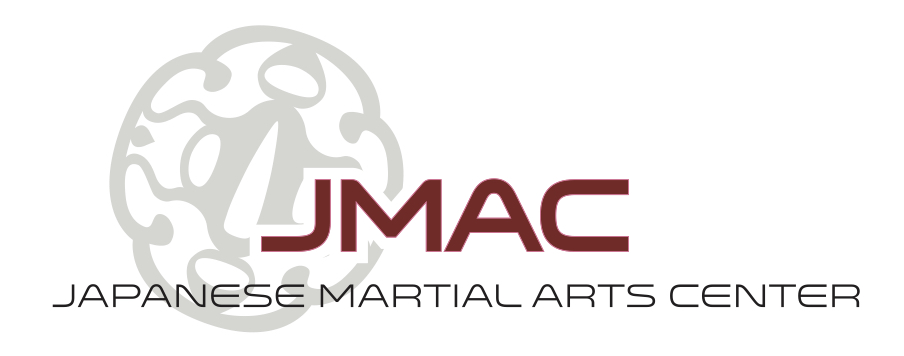John B. Gage Sensei
[The following is an excerpt from the interview found here: Interview]
The Japanese Martial Arts Center did an interview with John Gage Sensei, head of the Nihon Jujutsu system, on his upcoming trip to Copenhagen, Denmark. Gage Sensei is teaching at a seminar from October 16-18, 2015 through the International Martial Arts Federation [IMAF].
What are trending differences between European and Japanese martial arts?
The differences are pronounced. Jujutsu has become an eclectic term outside of Japan that generally encompasses two schools of thought; one being Brazilian Jiu Jitsu and the other being a self-defense oriented training system.
While Brazilian Jiu Jitsu has become internationally popular in recent years, Jujutsu in Europe has been widely practiced in various countries since the late 1960's - early 70's. The majority of European Jujutsu styles comprise basic techniques taken from Aikido, Karate, and Judo, and focus on striking, as well as definitive means of disabling an assailant i.e. they are primarily methods of self-defense.
The Japanese concept of modern jujutsu, and by modern we mean the Meiji Era (1868 - 1912), focuses primarily on maintaining control over an opponent with minimal harm. Nihon Jujutsu, in particular, has its basis in the basics of Judo, Taiho-jutsu, restraining techniques used primarily by the Japanese police, and early teachings of Tomiki Kenji (1900 - 1979). It focuses on throwing as a means of self-defense, immobilizing, joint control, evasive stepping, and control with minimal harm as appropriate to the situation.
Methods of control, primarily used by Nihon Jujutsu, focus on off balance (kuzushi), in order to set up a technique with minimal resistance, as well as striking to control the opponent or creating an opening to apply a technique rather than inflicting catastrophic damage. The footwork is characterized by maintaining a natural standing position (shizentai), in order to maximize mobility. This flexibility allows one to respond in the strategically most advantageous manner.
For more information on Nihon Jujutsu (sometimes spelled 'jiu jitsu'), Ann Arbor-located Japanese Martial Arts Center has a page on the differences between Nihon Jujutsu and Brazilian Jiu Jitsu.

No comments:
Post a Comment